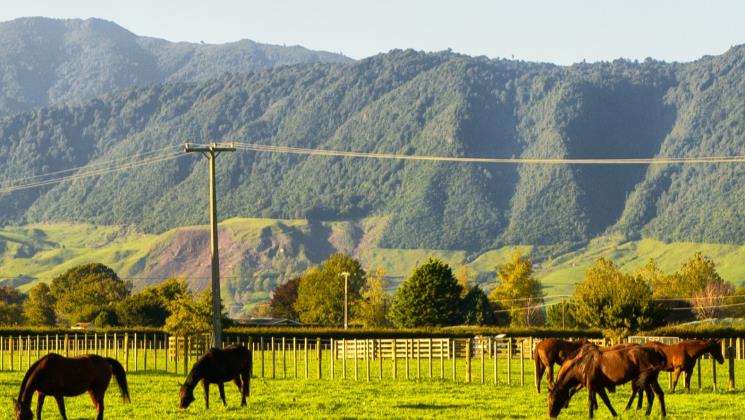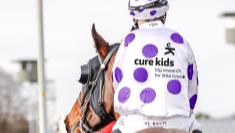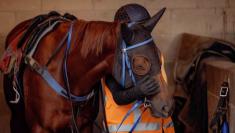
Purchasing a "standout thoroughbred yearling"
In Budget 2018, the Government announced its policy that would allow new investors in standout yearlings (both thoroughbred and standardbred) purchased with the intention to breed in the future for profit will be able to claim income tax deductions as if they had an existing bloodstock breeding business. Investors will also be taxable if the standout yearling is subsequently sold for a profit.
A standout thoroughbred yearling must be purchased at Karaka 2020 from Book 1 and cost more than:
Fillies: $430,000
Colts: $368,000
A yearling purchased through a syndicate, or subsequently syndicated following its purchase at Karaka 2020 sale, that is set up for breeding would also qualify the new investor to claim income tax deductions under the policy. However, to be eligible for the policy the investors will have to provide Inland Revenue with evidence within 4 months of acquiring the yearling that they intend to derive a profit from breeding the high-priced yearling.
Information Required when notifying the Commissioner of an intention to breed for profit:
- Notification of intention to breed.
- Sale and Purchase documentation – (and, if not included in documentation, lot number/sale name/horse identification (colt/filly, dam/sire etc).
- IRD/GST Number of the owner. If multiple owners (syndicate/partnership) details of the entity, including all owners individually.
- Contact Details: Physical Address, phone number, E-mail address.
- Balance date.
- Owner’s founding documents (Syndicate/Partnership agreement).
- Breeding business plan: a. A description of the business, b. The research undertaken/ previous knowledge, c. Location of activity, d. How is horse to get to breeding state? (how is horse to be raced/racing management?), e. Where and when is horse to commence breeding and who/how is this to be managed? f. Financial forecasts , g. Involvement of racing/breeding/syndicate manager (overall management of horse).
- Veterinarian reports: a. For syndicates required to operate in accordance with the “Bloodstock Syndication Code of Practice”, a copy of the veterinarian certificate obtained; and b. For all other syndicates, confirmation that an external physical examination was carried out by a veterinarian prior to purchase together with the details of the veterinarian who performed the examination.
- Any other relevant communication within the syndicate prior to filing the application for a deduction for the cost of the high-priced bloodstock.
Please contact [email protected] should you have any questions.









